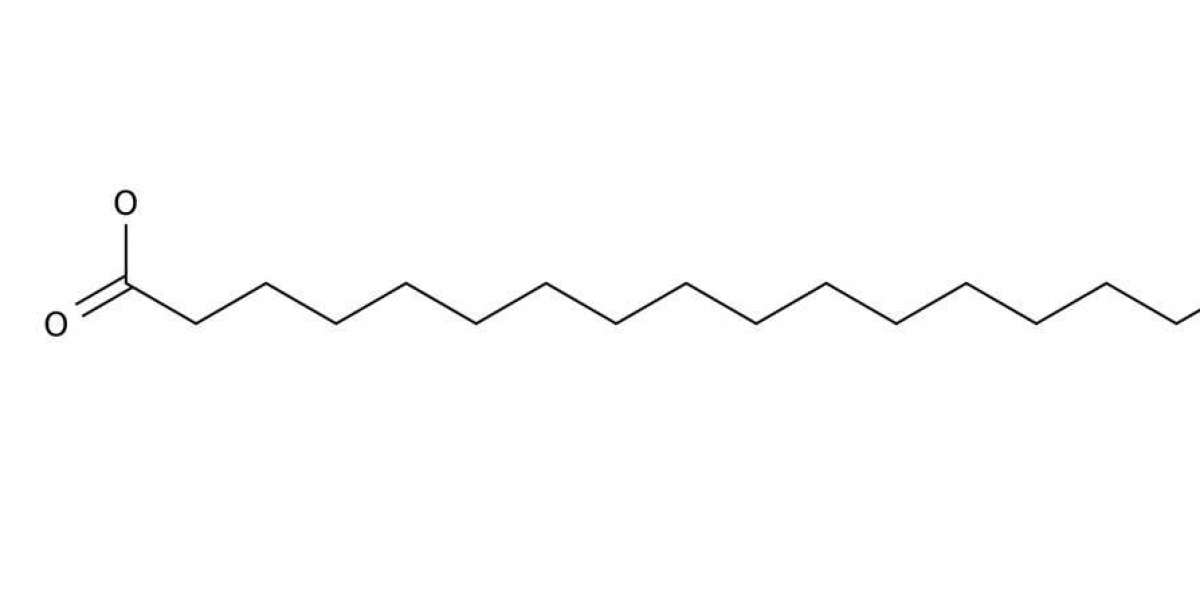Magnesium stearate is widely used in the production of dietary supplement and pharmaceutical tablets, capsules and powders as well as many food products, including a variety of confectionery, spices and baking ingredients. Although considered to have a safe toxicity profile, there is no available information regarding its potential to induce genetic toxicity. To aid safety assessment efforts, magnesium sulfate was evaluated in a battery of tests including a bacterial reverse mutation assay, an in vitro chromosome aberration assay, and an in vivo erythrocyte micronucleus assay. Magnesium stearate did not produce a positive response in any of the five bacterial strains tested, in the absence or presence of metabolic activation. Similarly, exposure to magnesium stearate did not lead to chromosomal aberrations in CHL/IU Chinese hamster lung fibroblasts, with or without metabolic activation, or induce micronuclei in the bone marrow of male CD-1 mice. These studies have been used by the Japanese government and the Joint FAO/WHO Expert Committee on Food Additives in their respective safety assessments of magnesium stearate. These data indicate a lack of genotoxic risk posed by magnesium stearate consumed at current estimated dietary exposures. However, health effects of cumulative exposure to magnesium via multiple sources present in food additives may be of concern and warrant further evaluation.
Magnesium stearate is the magnesium salt of the fatty acid, stearic acid. It has been widely used for many decades in the food industry as an emulsifier, binder and thickener, as well as an anticaking, lubricant, release, and antifoaming agent. It is present in many food supplements, confectionery, chewing gum, herbs and spices, and baking ingredients. Magnesium stearate is also commonly used as an inactive ingredient in the production of pharmaceutical tablets, capsules and powders.
For food applications, magnesium stearate is typically manufactured by one of two processes. The direct or fusion process involves direct reaction of fatty acids with a source of magnesium, such as magnesium oxide, to form magnesium salts of the fatty acids. In the indirect or precipitation process, a sodium soap is produced by reacting fatty acids with sodium hydroxide in water and precipitating the product through addition of magnesium salts to the soap. The fatty acids used as raw material are derived from edible fats and oils and consist mainly of stearic and palmitic acid. The final product contains 4.0-5.0% magnesium, on a dried basis, and the fatty acid fraction is composed of ≥90% stearic and palmitic acids, at least 40% of which are stearic acid. It is a very fine powder that is greasy to the touch and practically insoluble in water.
Magnesium stearate is permitted for use in the European Union and other countries including China, Japan, Australia and New Zealand, and was granted generally recognized as safe (GRAS) status in the United States. However, there are no published data available related to the genotoxic potential of magnesium stearate. For the safety assessment of food ingredients, the U.S. Food and Drug Administration (FDA) recommends a bacterial reverse mutation test, an in vitro test for chromosomal damage or gene mutation in mammalian cells, as well as an in vivo test for chromosomal damage using mammalian hematopoietic cells, such as the rodent erythrocyte micronucleus assay which has proven utility for predicting carcinogens. The European Food Safety Authority (EFSA) guidances recommend a similar, albeit tiered, approach for assessing genotoxic potential. To provide requested genotoxicity data to support initial assessment of the safety of magnesium stearate conducted by the Japanese government, and subsequently, reassessment by the Joint FAO/WHO Expert Committee on Food Additives, magnesium stearate was evaluated in a bacterial gene mutation assay using Salmonella and E. coli tester strains, an in vitro mammalian chromosome aberration assay using Chinese Hamster Lung cells and a micronucleus assay in the bone marrow of male CD-1 mice. This combination of tests is commonly used to evaluate the genotoxicity of food additives. The studies reported here were performed as Good Laboratory Practice (GLP) experiments in accordance with Japanese Ministry of Health, Labour and Welfare and OECD testing guidelines current at the time the studies were conducted.








